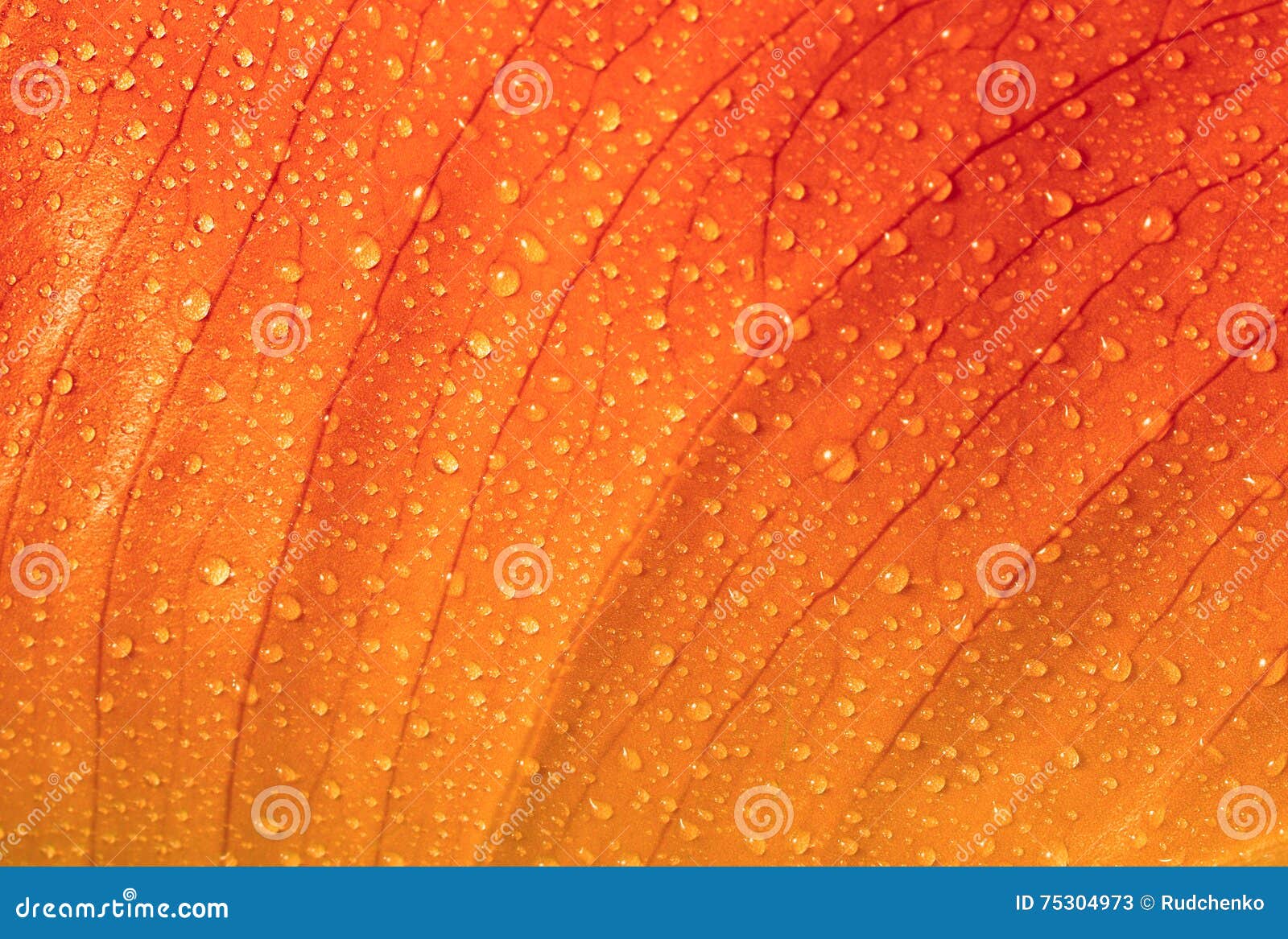

This allows for more sugars to be produced during the days, leading to an abundance of sugar trapped in the closed-up leaf veins. When it comes to temperature, the perfect recipe for a breath-taking autumn is warm sunny days followed into cool nights (not too cold!). Temperature can also play a role in how long the leaves stay colorful and how colorful they may be able to get. When the autumn leaves fall off the trees more quickly, it could feel like winter arrived overnight! This happens when the temperature during the nights is too cold, causing the leaves to fall prematurely. You may also wonder why some years the leaves stay on the tree longer than in other years. Evergreens and holly trees have also adapted by having a wax coating on their leaves/needles which can withstand the cooler and even subzero temperatures that broader leaves cannot. This allows for the chlorophyll within the needles to remain and produce energy for the tree year-round. Wouldn’t they go through the same color changing process as other trees? One obvious reason for this is that the pine needle’s structure is quite different than the more common “broadleaf” leaves, which allows the pine needles to be better protected against the harsher winter. An observant mind would also question why evergreens/pine trees or even holly trees retain their green leaves throughout the autumn season. Below is a small table listing some common species of trees that change colors during the autumn season. This is because the tree’s species can also determine what fall leaf colors you will generally see. You may notice that some types of trees tend to always have the same color leaves during the fall time. By-products from breaking down the sugars allow for chemical processes to produce more pigments in the leaves, which leads to brighter colors.

This leads to a blockage which traps sugars in the leaf, and these sugars are broken down. During this color change process, the tree leaves will also start to build up cells at the base of the leaf. This process is gradual and reflects the slower change of the leaves turning from green to their final bright colorful display. This allows for the big reveal of the three pigments (named in bold above) that were always present in the leaves. Although chlorophyll is green, during fall the production of chlorophyll slows and starts to disappear from the leaves as described above. Lastly, chlorophyll plays the ever-important role of photosynthesis to produce sugars from sunlight that the tree will use as energy to grow. Additionally, there is Xanthophyll (zan-thuh-fil) which is present in yellow egg yolks and corn. There are also Carotenoids (kr- aa-tuh-noyds) that give foods their orange/yellow color, such as carrots. Anthocyanin (an-tho-SY-uh-nin) gives color to strawberries, blueberries, and red apples (reds, blues, and purples). In general, there are 3 pigments that are well known for bringing about the colors we see in fall. Interestingly all these pigments are ones you have come across before in the foods you eat. Eventually production completely stops, and the remaining chlorophyll is broken down or destroyed in the leaf.īut what brings about the colors? The leaves’ colors come from pigments residing in the leaves themselves. This change in the climate signals the tree to start slowing down chlorophyll production , decreasing the green pigment in the leaf, and allowing other pigments to take over. In autumn, the days start to become shorter, leading to longer and cooler nights. During the spring and summer, the pigment chlorophyll (klo-ruh-fl) is present, which makes the leaves green. This symphony of brilliant yellow, red, and orange leaves is brought about by biochemical changes that take place in the tree and its leaves as the autumn season starts. Throughout your travels, pictures, or even maybe looking outside right now, you most likely have come across picturesque scenes of trees bursting with colors.


 0 kommentar(er)
0 kommentar(er)
